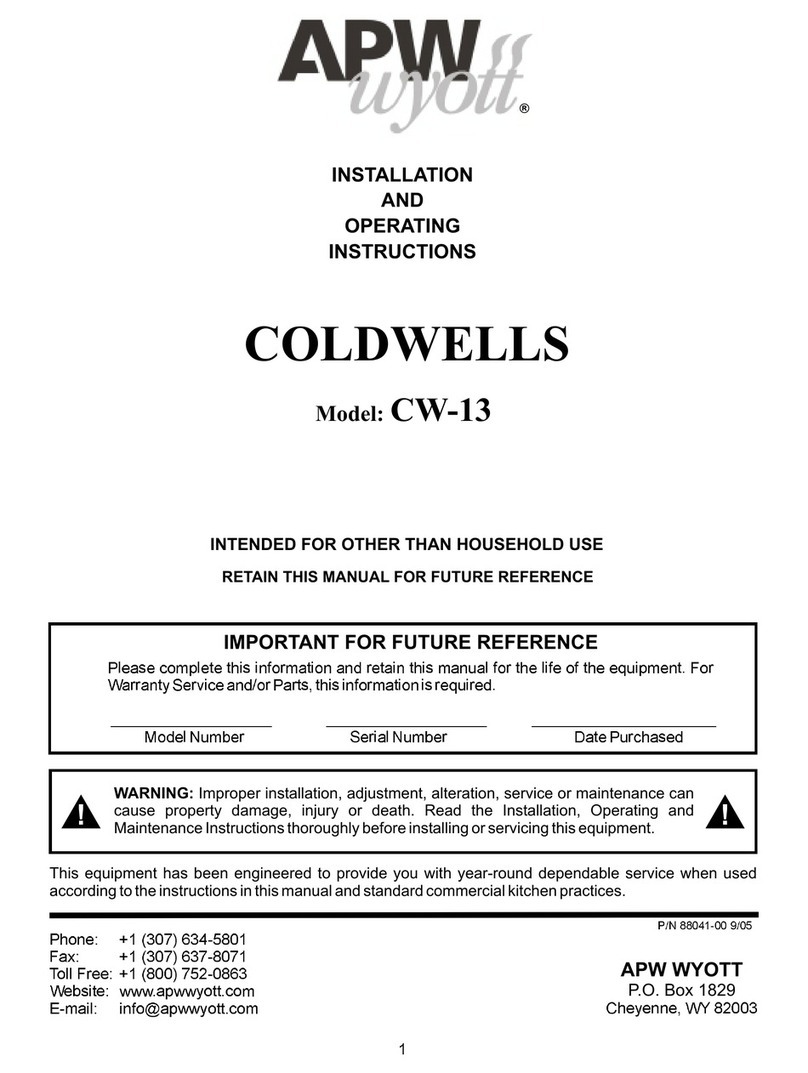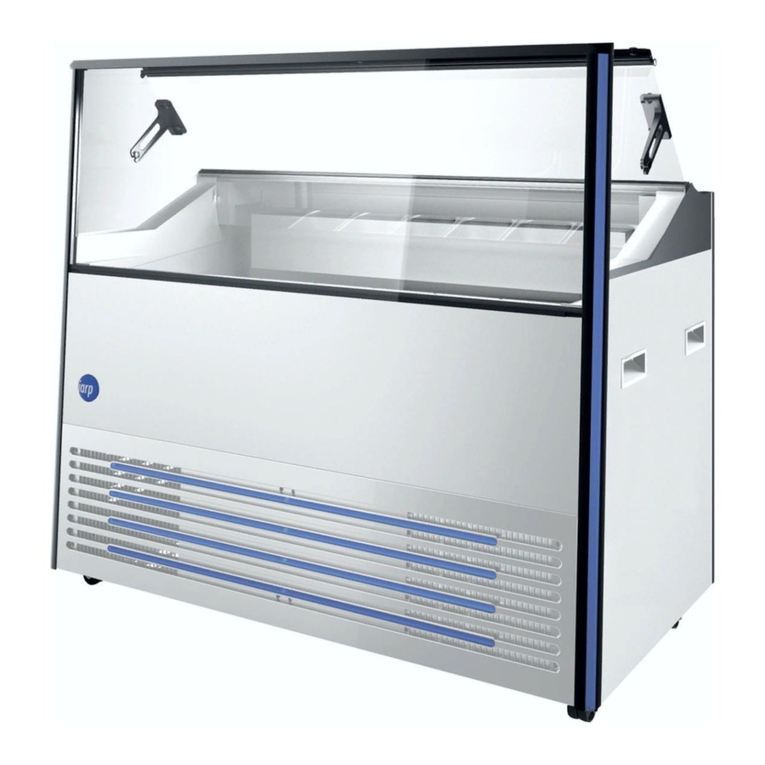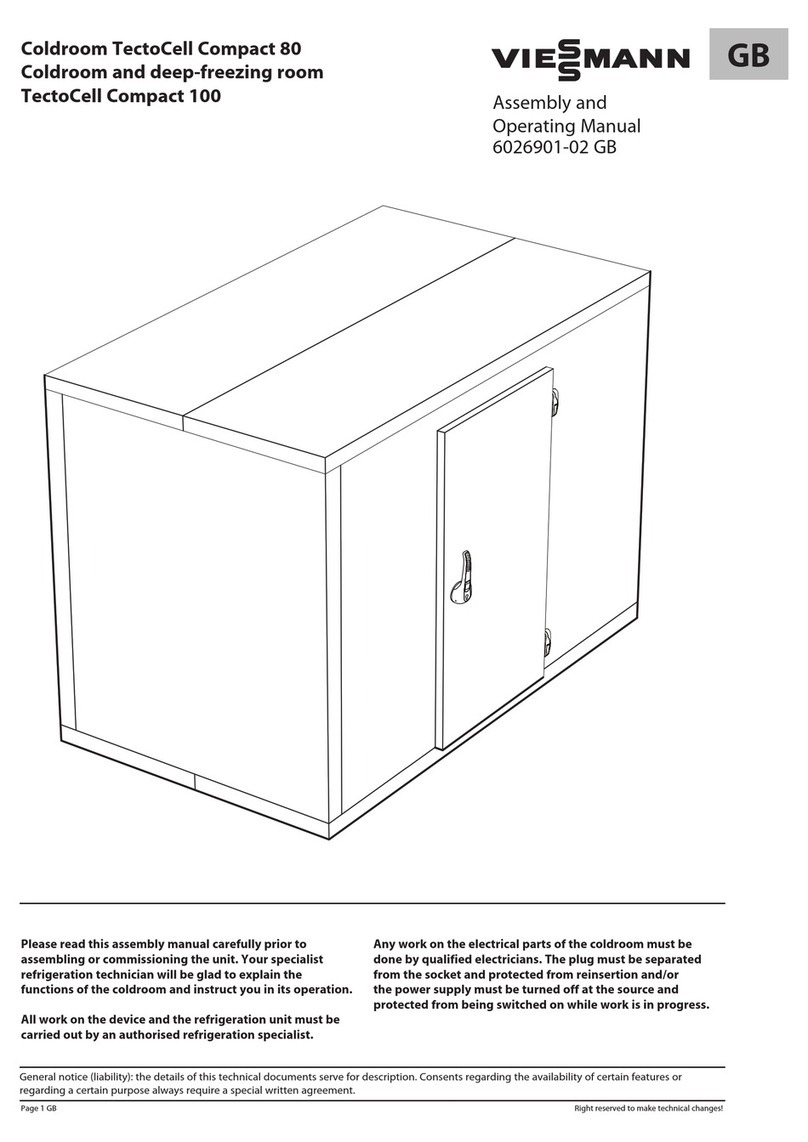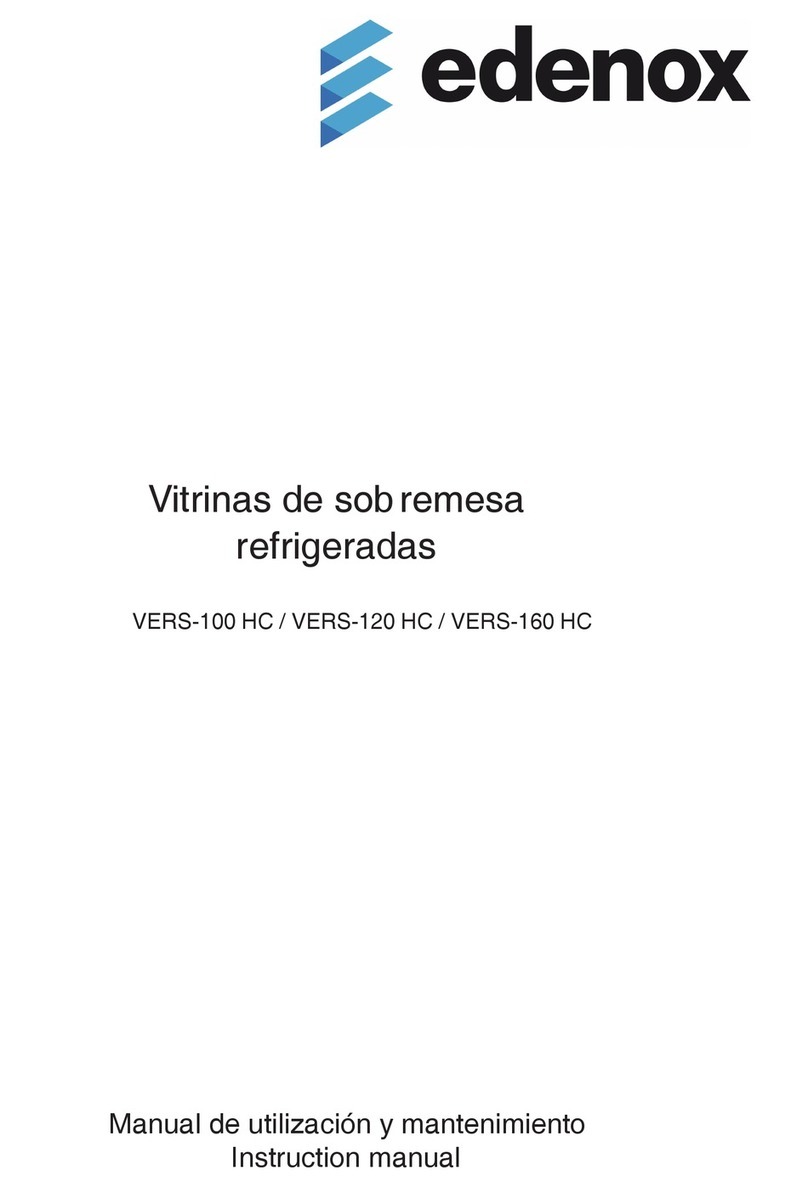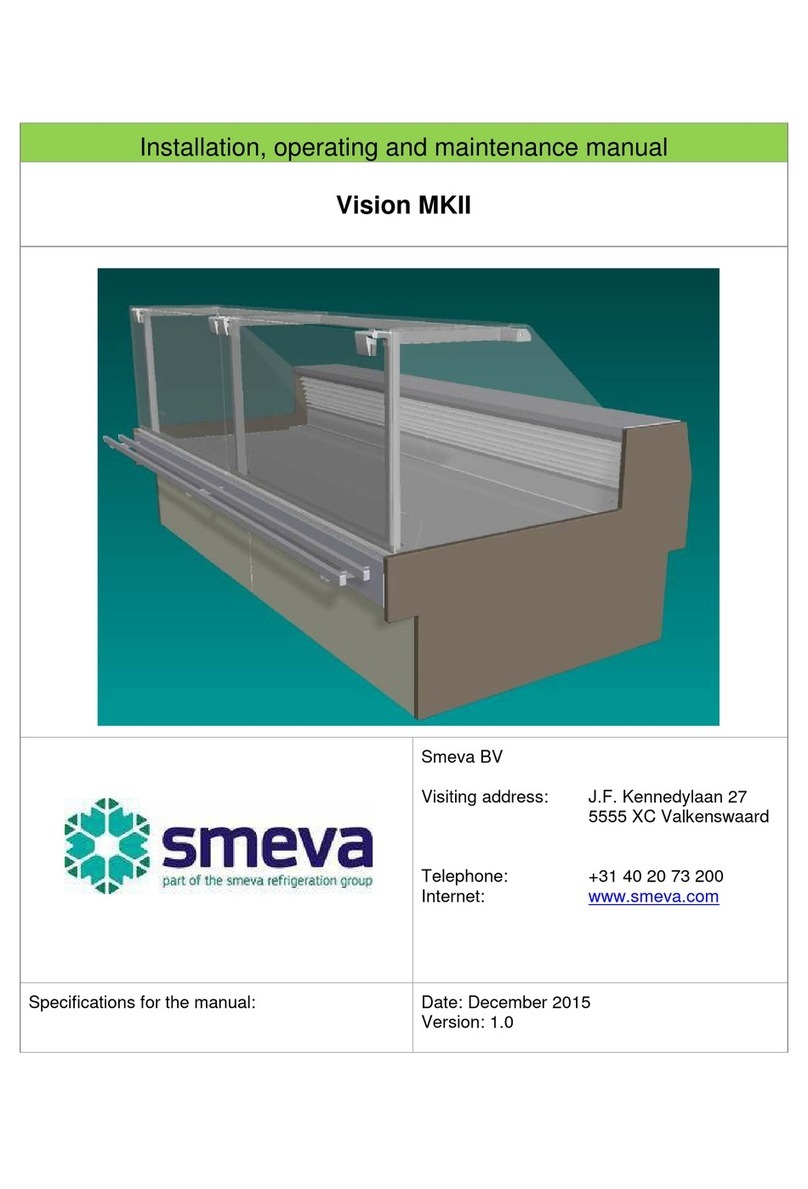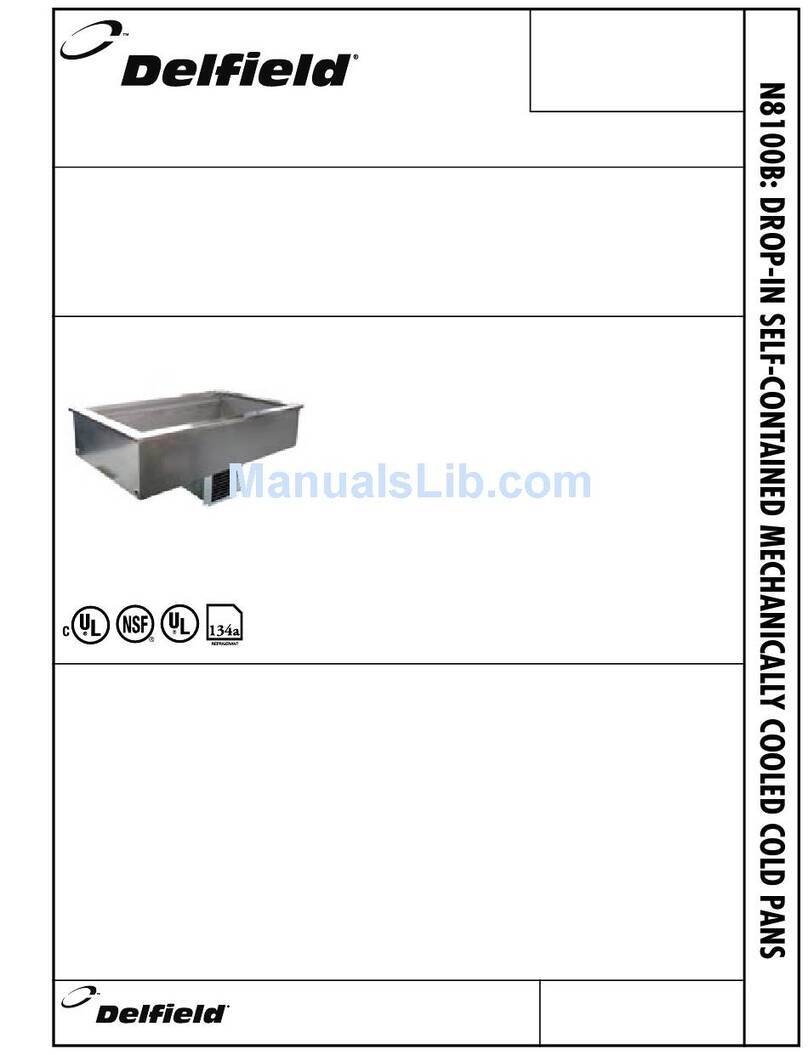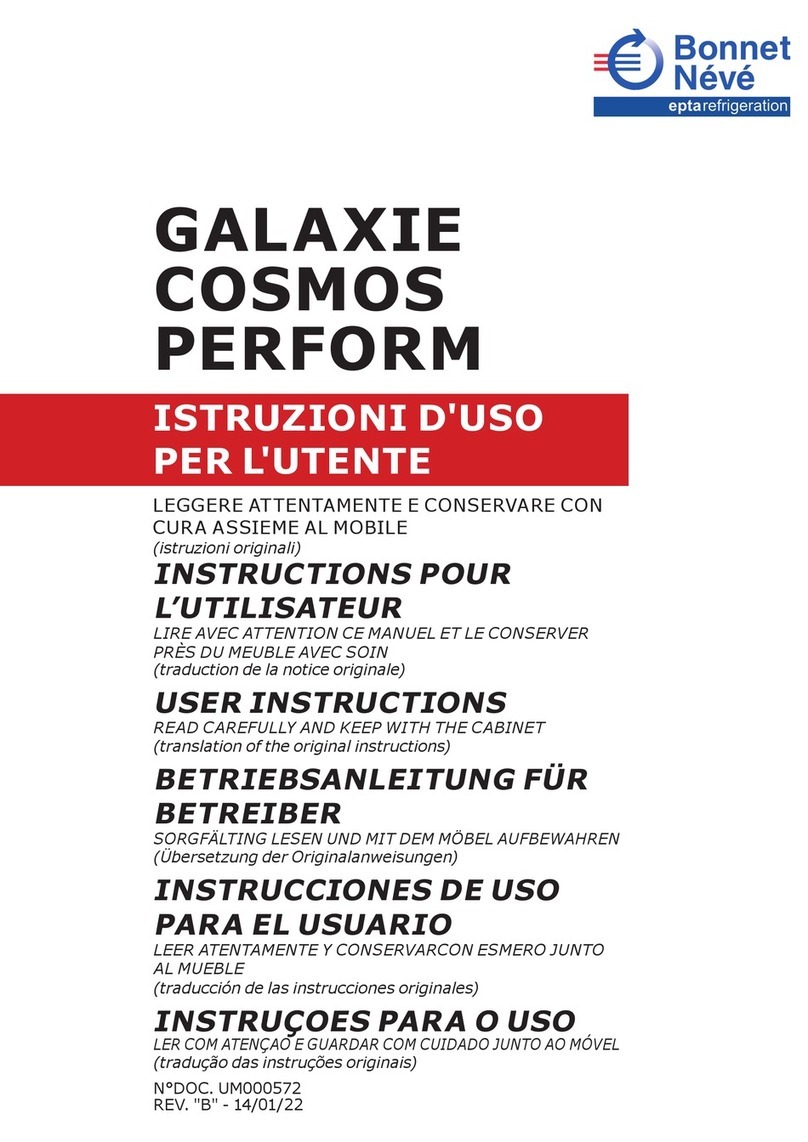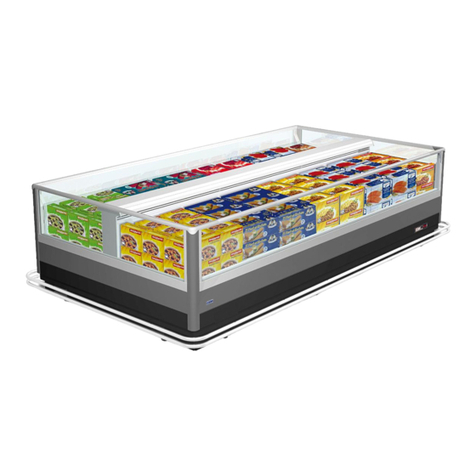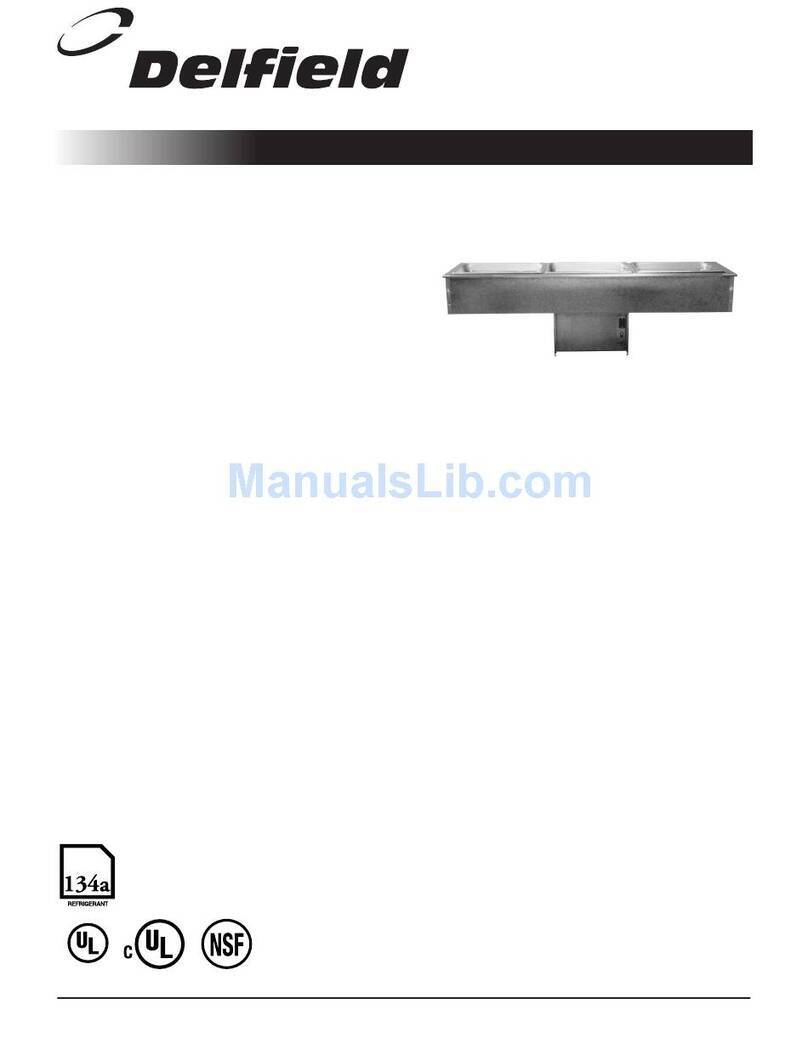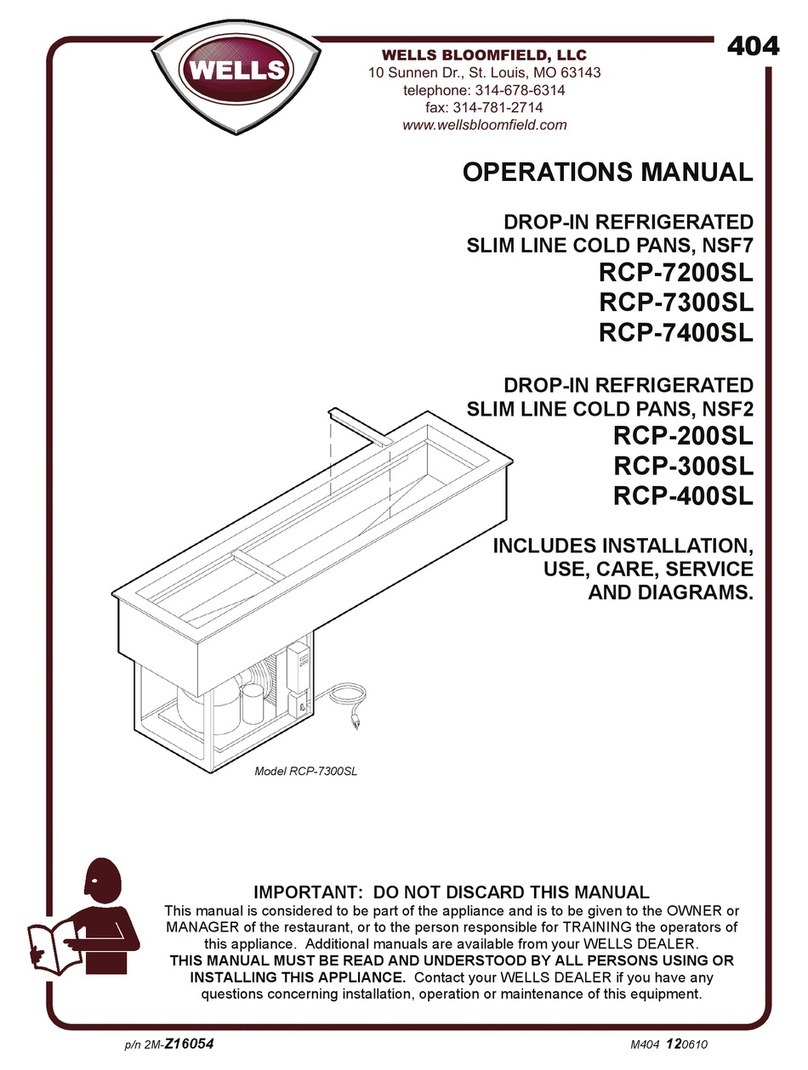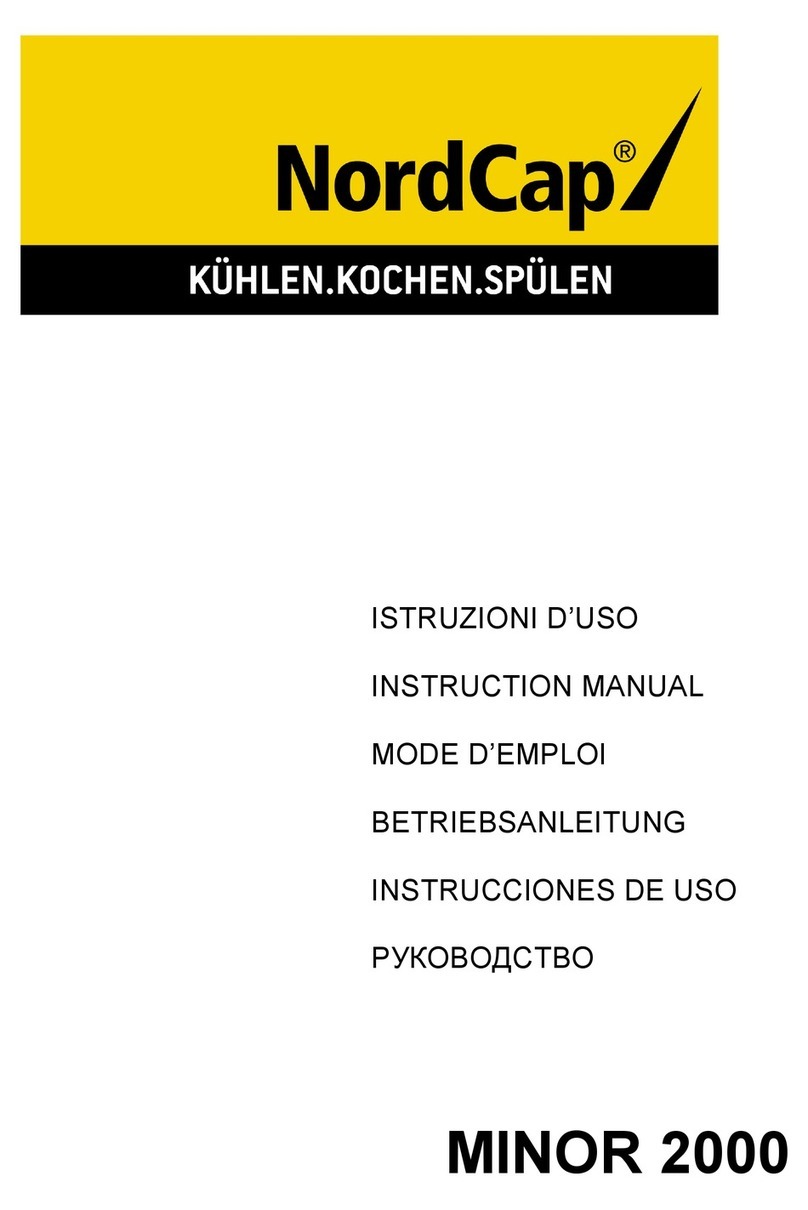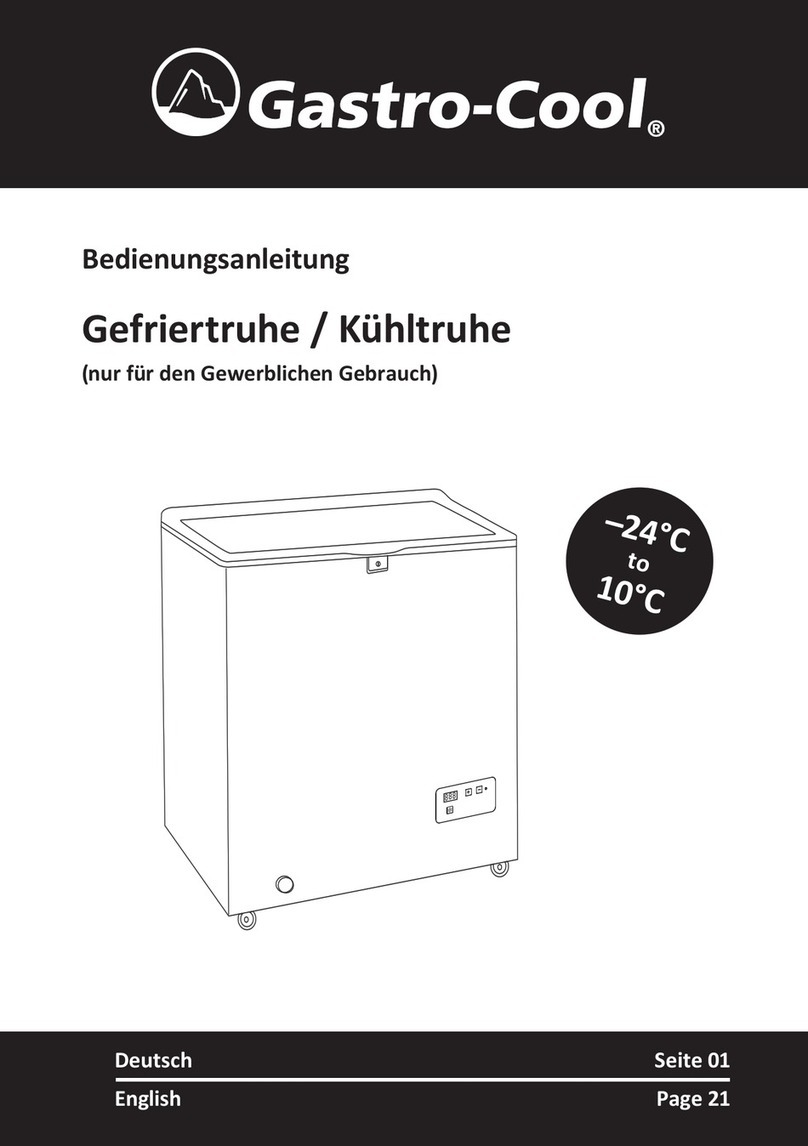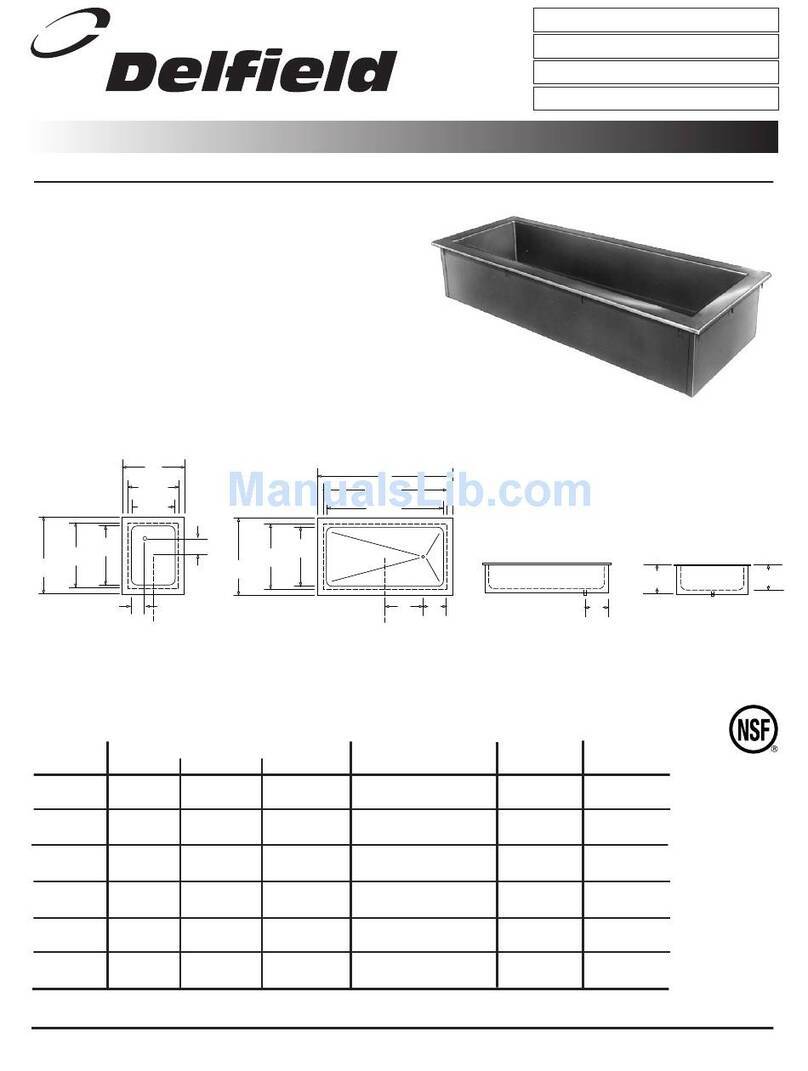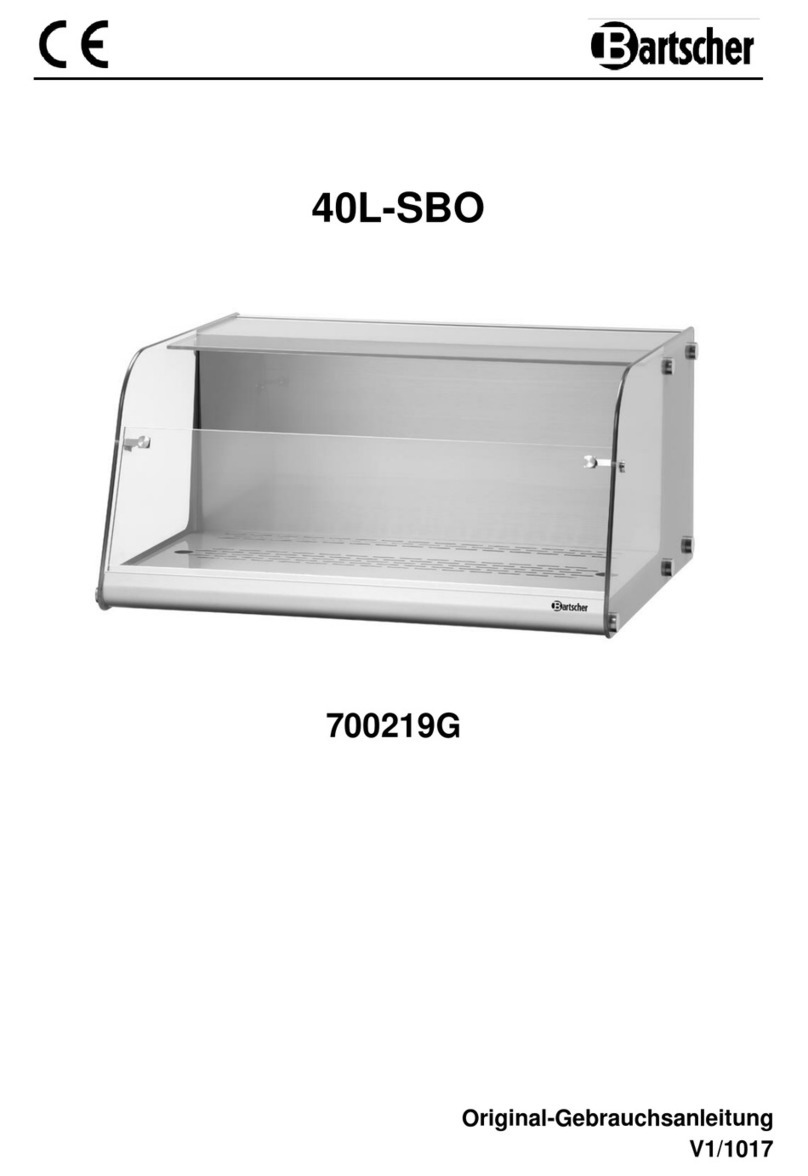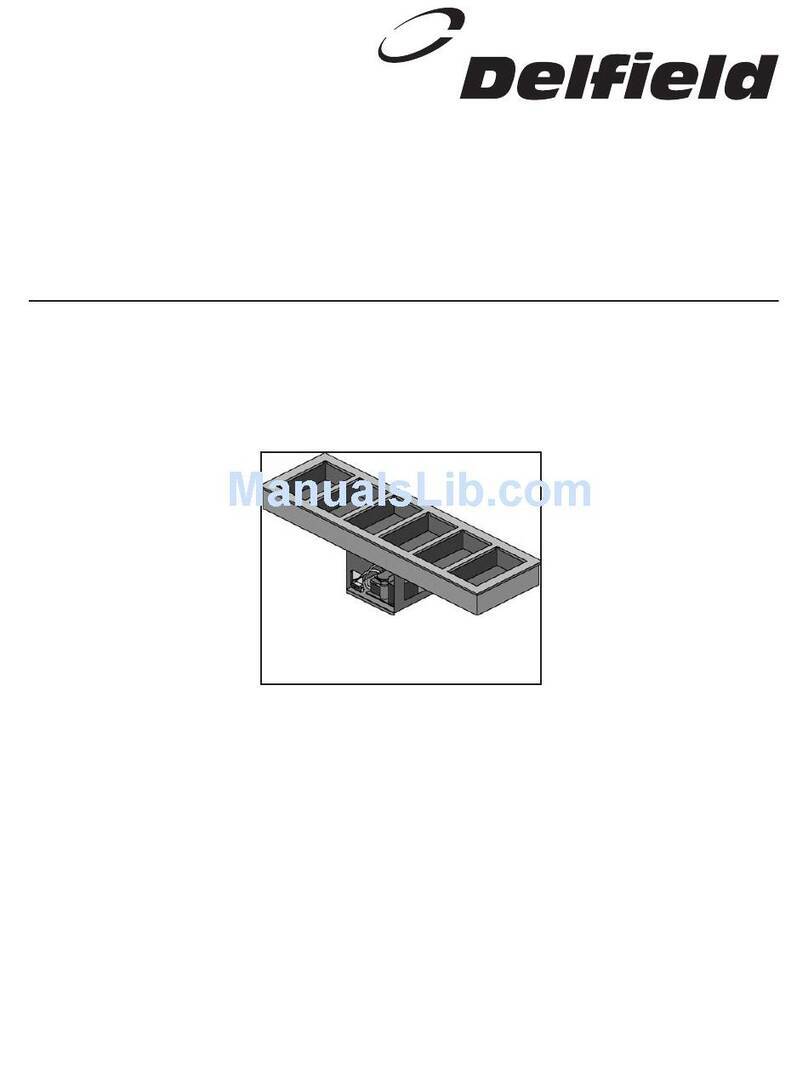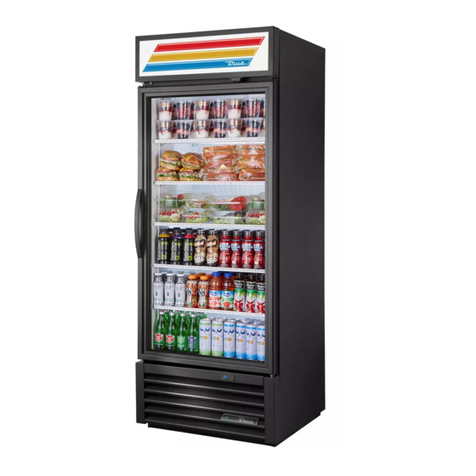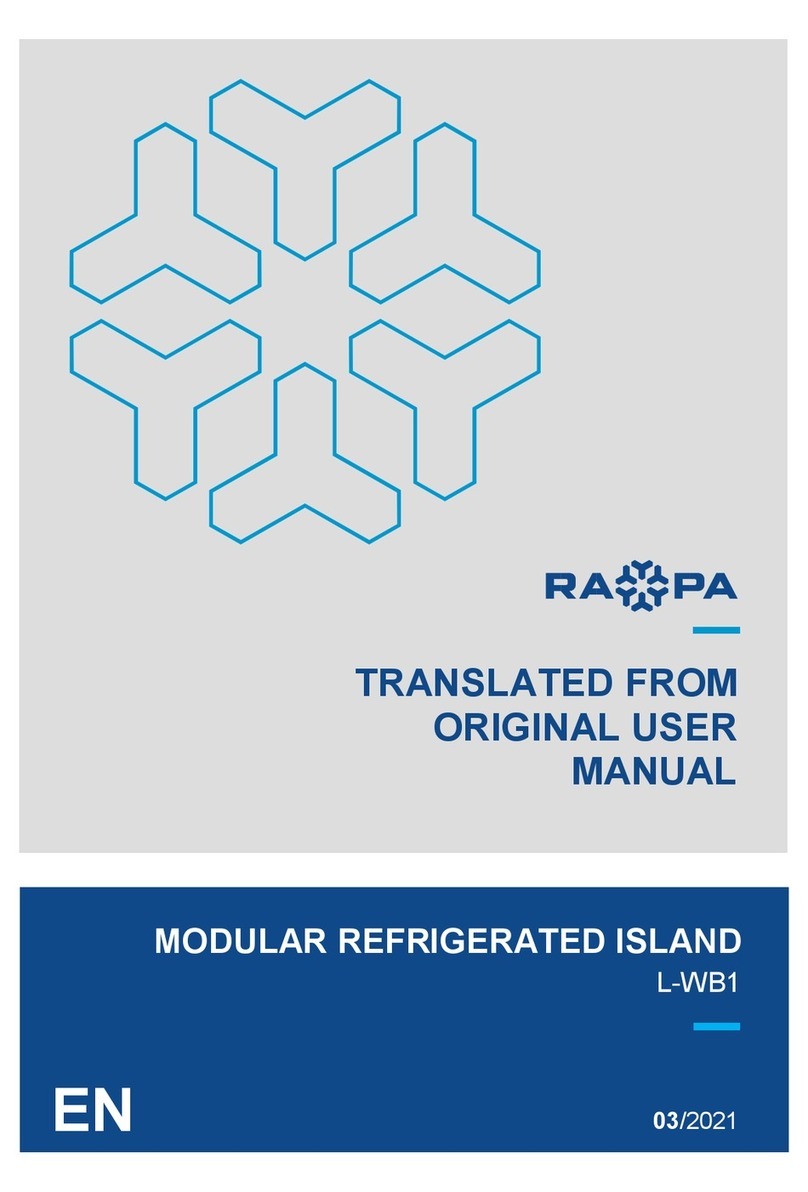
9
• Never pull the mains plug of the fresh-
ness cooler out of the socket by the
mains connection cable, but always
use the mains plug.
• Keep the freshness cooler, the mains
plug and the mains connection ca-
ble away from open ames and hot
surfaces.
• Lay the mains connection cable in
such a way that it does not become
a tripping hazard.
• Do not kink the power cord and do
not lay it over sharp edges.
• Only use the freshness cooler in dry
indoor areas.
• Disconnect the freshness cooler from
the power supply by unplugging the
power cord from the outlet when
cleaning the freshness cooler or when
servicing the freshness cooler. During
the entire cleaning and maintenan-
ce process, it must be ensured that
the fresh food cooler is disconnected
from the power supply. The operator
must be able to check whether the
mains plug is outside the socket du-
ring the entire cleaning or maintenan-
ce process.
• If you discover or suspect malfuncti-
ons or damage to the temperature
controller that endanger safe opera-
tion, take the cooler out of operation
immediately.
• Only allow repair and maintenance
work or adjustments to the tempera-
ture controller to be carried out by
authorized specialists. To do this, con-
tact KMW customer service.
Safety instructions for the authorized spe-
zialist
Only parts that correspond to the original
device data may be used for repairs.
• This cooler contains electrical and
mechanical parts that are essential to
protect against sources of danger.
• Do not operate the freshness cooler
with an external timer or a separate
remote control system.
• Incorrect installation of the tempera-
ture controller installed in the fresh-
ness cooler can lead to an electric
shock. The temperature controller is
installed and adjusted at the factory.
• Do not manipulate or change the
temperature controller and never
open the housing.
• Make sure that the entire system is
switched off when the temperature
controller is mounted, wired or dis-
mantled.
• Please note that mains voltage and/
or external voltage may be present
when the control voltage is switched
off.
• Use suitable professional tools for all
work.
• Check all wiring after the Temperatu-
re Controller installation is complete.
• Observe the information on the ma-
ximum load for all connections (see
chapter „Technical Data“ for the
temperature controller).
• Keep any liquids (e.g. condensed wa-
ter, cleaning agents, etc.) away from
the temperature controller.
